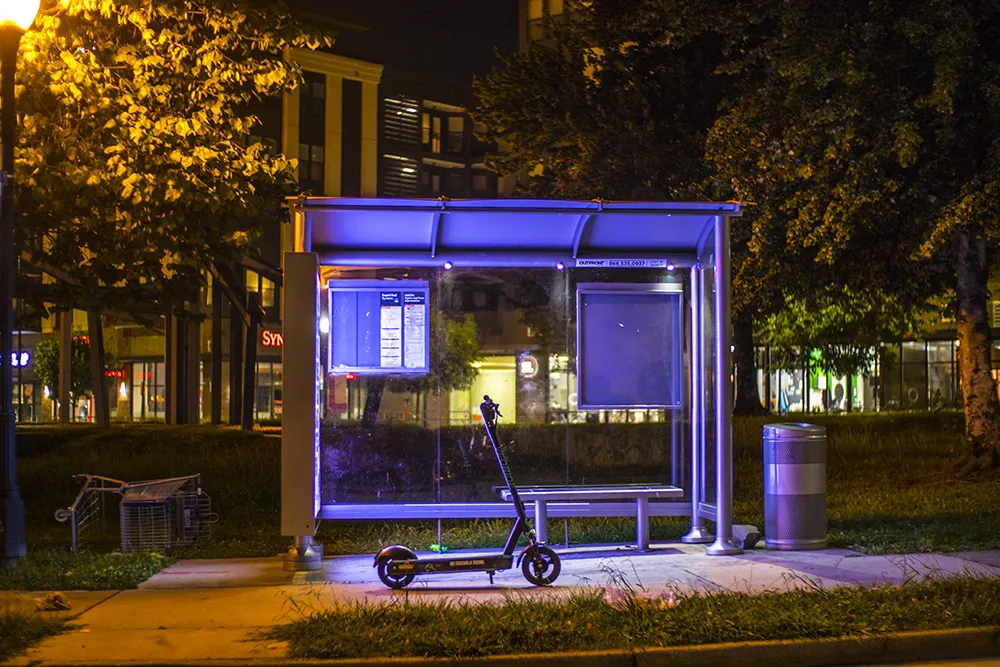Bus lane cameras in Edinburgh are set to be expanded to cover all major public transport corridors. City councillors will consider the proposal to expand camera enforcement at the Transport and Environment Committee in June. Mobile cameras currently operate in Edinburgh at five sites, with further sites at set to be introduced in June. The number of prohibited vehicles driving in bus lanes during restricted times has dropped by almost 90 per since cameras were introduced in April 2012 to enforce long-standi
May 31, 2013
Read time: 2 mins
Bus lane cameras in Edinburgh are set to be expanded to cover all major public transport corridors. City councillors will consider the proposal to expand camera enforcement at the Transport and Environment Committee in June.
Mobile cameras currently operate in Edinburgh at five sites, with further sites at set to be introduced in June.
The number of prohibited vehicles driving in bus lanes during restricted times has dropped by almost 90 per since cameras were introduced in April 2012 to enforce long-standing laws.
Committee members will also be updated on the ongoing review into Edinburgh’s bus lane network, which is set to be completed by late summer 2013. The review is looking at: bus lane operational hours; introducing new flashing bus lane signs; the list of vehicles which are allowed to use the lanes.
Councillor Lesley Hinds, Transport and Environment Convener, said: “The vast majority of drivers understand the need for bus lanes and stay out of them during restricted times. However, a small minority ignore the rules, which I know infuriates responsible drivers and the expansion of the bus lane camera system is intended to address this. These measures are designed to keep our bus lanes free of cars and allow public transport to move more freely.
“We are also looking at the operation of the City’s bus lane network, including time of operation and the possible introduction of flashing signs, to make it easier for drivers to identify when bus lanes are in operation. We also intend, where appropriate, to adjust or remove inefficient bus lanes to maximise traffic flow in Edinburgh.”
Mobile cameras currently operate in Edinburgh at five sites, with further sites at set to be introduced in June.
The number of prohibited vehicles driving in bus lanes during restricted times has dropped by almost 90 per since cameras were introduced in April 2012 to enforce long-standing laws.
Committee members will also be updated on the ongoing review into Edinburgh’s bus lane network, which is set to be completed by late summer 2013. The review is looking at: bus lane operational hours; introducing new flashing bus lane signs; the list of vehicles which are allowed to use the lanes.
Councillor Lesley Hinds, Transport and Environment Convener, said: “The vast majority of drivers understand the need for bus lanes and stay out of them during restricted times. However, a small minority ignore the rules, which I know infuriates responsible drivers and the expansion of the bus lane camera system is intended to address this. These measures are designed to keep our bus lanes free of cars and allow public transport to move more freely.
“We are also looking at the operation of the City’s bus lane network, including time of operation and the possible introduction of flashing signs, to make it easier for drivers to identify when bus lanes are in operation. We also intend, where appropriate, to adjust or remove inefficient bus lanes to maximise traffic flow in Edinburgh.”










